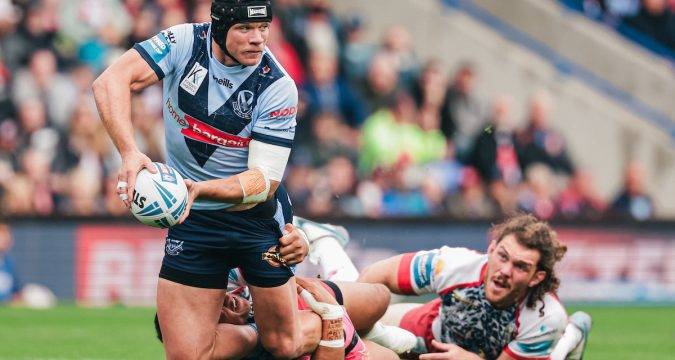 I DOUBT whether anyone would dispute the fact that the most vulnerable parts of a Rugby League player are the head and the knees, with the ankles perhaps coming in third place.
The RFL has recently taken steps to try to reduce the impact of head injuries with the introduction of the eleven-day stand-down period for players who suffer concussion
I DOUBT whether anyone would dispute the fact that the most vulnerable parts of a Rugby League player are the head and the knees, with the ankles perhaps coming in third place.
The RFL has recently taken steps to try to reduce the impact of head injuries with the introduction of the eleven-day stand-down period for players who suffer concussion Talking Rugby League: How do we define a dangerous tackle after John Asiata row?
 I DOUBT whether anyone would dispute the fact that the most vulnerable parts of a Rugby League player are the head and the knees, with the ankles perhaps coming in third place.
The RFL has recently taken steps to try to reduce the impact of head injuries with the introduction of the eleven-day stand-down period for players who suffer concussion
I DOUBT whether anyone would dispute the fact that the most vulnerable parts of a Rugby League player are the head and the knees, with the ankles perhaps coming in third place.
The RFL has recently taken steps to try to reduce the impact of head injuries with the introduction of the eleven-day stand-down period for players who suffer concussion 
